Cycling season can seem a long way off when you’re in the depths of winter, making it easy to postpone those goals. If you’re not emerging from winter in as good of shape as you may of hoped, don’t let it discourage you. What you do or don’t do at the beginning of the season will set the tone for the rest of the year. Here are some of the best ways to boost your spring training.

Stay Healthy
The last thing you want is to come down with a cold just as the sun is emerging and the roads are clearing. However, as frustrating as it is, the end of winter is quite often when people get colds or coughs. Take preventative measures by washing your hands frequently, and giving your diet an extra boost of nutrients. Don’t go too hard too soon, as you’ll deplete your immune system and make yourself vulnerable to whatever illness is going around the office.
You also want to avoid injury in the beginning of the season, as it can really set you back in your training. This means avoding overuse injuries, as well as watching for rough spring road conditions.
Clean up your diet
The days of Netflix and comfort food are coming to an end, so it’s time to clean up your diet. Over the winter it’s easy to fall into some bad habits, but now is the time to break them. Trade in the sugary carbohydrate dense foods for fresh fruit and vegetables. Simply cutting out as much of the processed food from your diet as you can will go a long way. Give meal prepping a try, or stock your kitchen with some energizing foods.
 Get your bike ready
Get your bike ready
No judgements here, we know it’s tough to be diligent to clean your bike after winter rides. It’s cold, wet, and all out you want is a warm bath. Even if you didn’t ride over the winter, your bike will still need a little TLC. If you trust your abilities, carefully examine your bike and fix any issues well ahead of your first ride. Check your chain, cassette, cables or any other areas that might need attention. You don’t want to be doing a rushed job before meeting your cycling buddies. Better yet, take it to your local bike shop and have a mechanic do a tune up to ensure you’re ready for the season.
Get your body ready
Once you’re finally back on your bike, it can be easy to overdo it. You want to be fit right away, or start off right where you left off in the fall, but you have to ease your body into it. Take some time to build up your base before pushing yourself too hard. If you start to get nagging frontal knee pain, it’s almost always caused be too much too soon. Take time to rest up and do plenty of stretching and walking before heading out on the bike again.
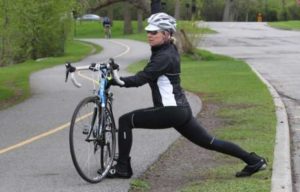 Start Stretching
Start Stretching
Hopping on the bike after a long winter feels great, but it can also come as a shock to your body. Your muscles and joints aren’t used to the cycling position anymore, and things may have tightened up over the past months. Taking just 10 minutes a day to do some targeted stretched will have you feeling more comfortable and stronger on your bike in no time. Here are 10 of the best stretches for cyclists to get you started.
Set Some Goals
When it comes to cycling, what do you want from yourself this year? Make a list of things, both large and small, that you want to achieve. Then go through and get specific. If you want to ride more, great, now define what that looks like. Be realistic and honest with yourself, and only plan for what you know you can logistically fit into your life and schedule. Sign up for your first race, or join a cycling group, whatever you need to do to break out of your comfort zone and challenge yourself!
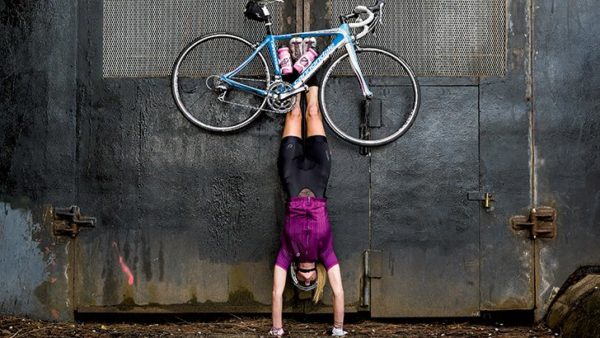

 Injury Prevention
Injury Prevention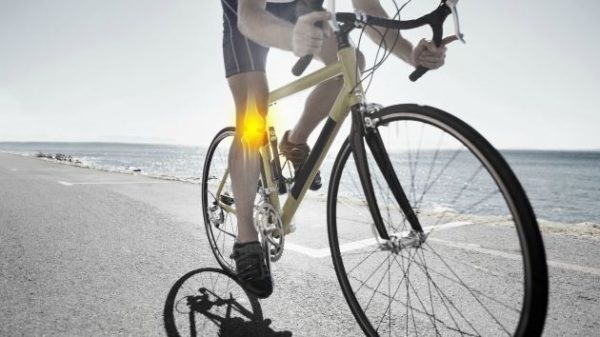
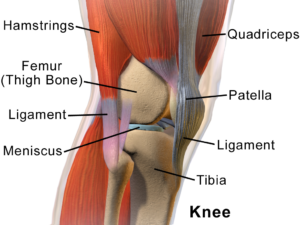
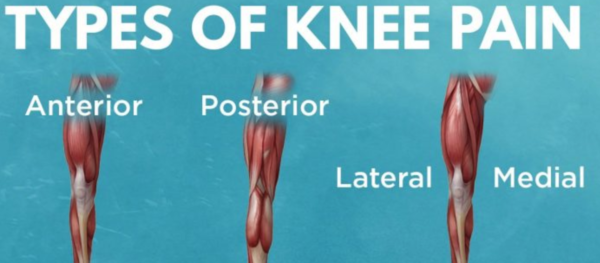
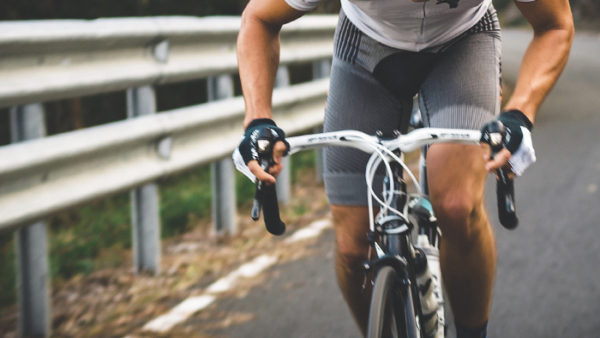
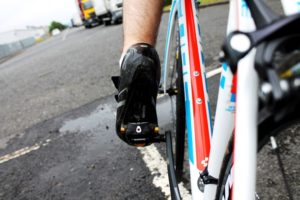

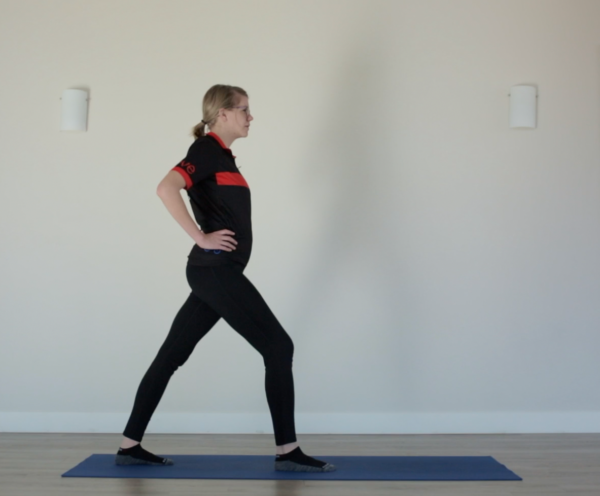

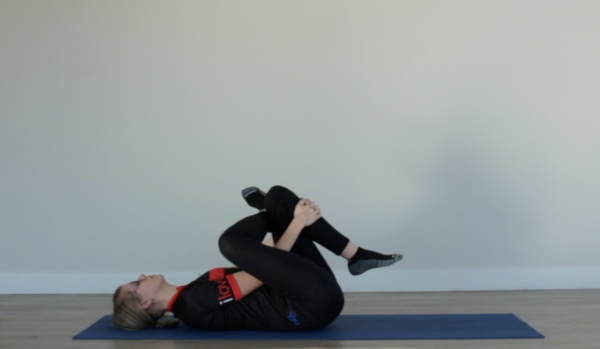

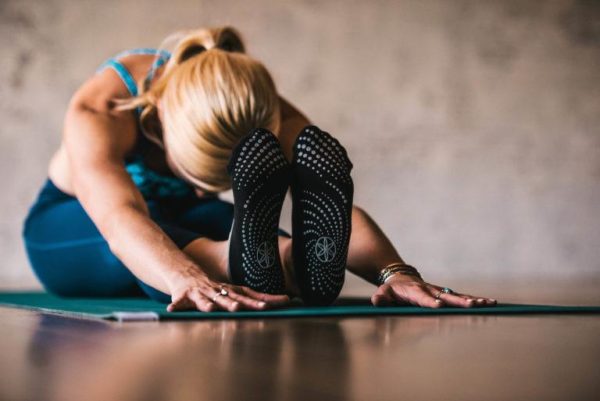

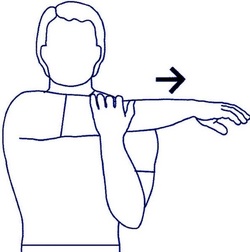 Doing the Same Stretch Over and Over
Doing the Same Stretch Over and Over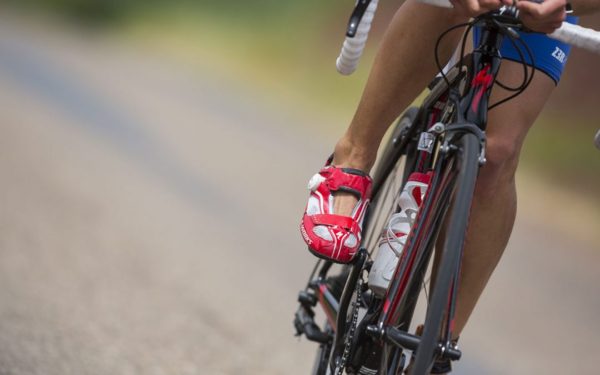

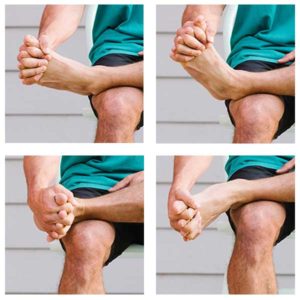
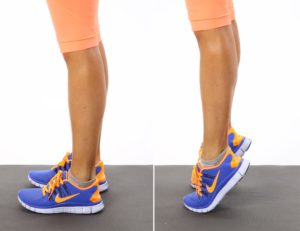
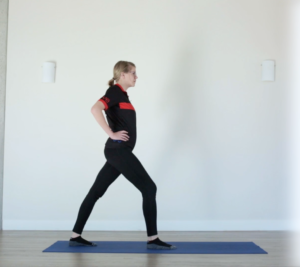
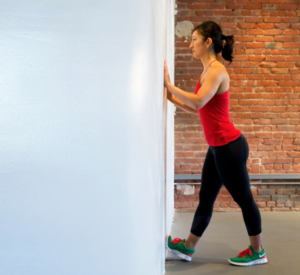
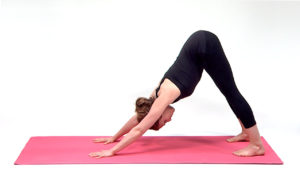

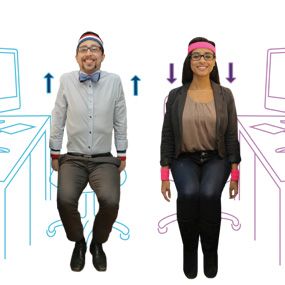
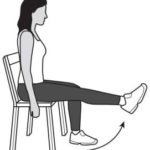 Leg Extensions
Leg Extensions Raise Your Hands
Raise Your Hands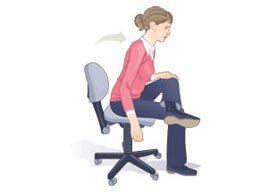
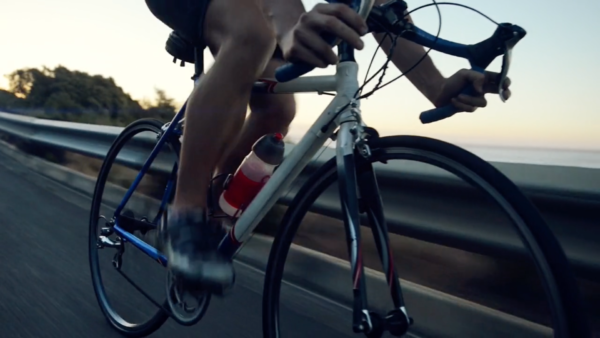
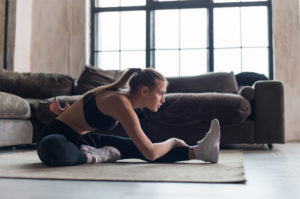
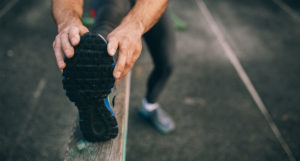 Prevent Tissue Degradation – Generally speaking, our day to day lives are restricted to certain movements and physical exertion. Over time and with age, the body starts dehydrating and stiffening. On a cellular level, muscle fibres start developing cross-links with parallel fibers making them stick together. Stretching slows this process by stimulating the production of tissue lubricants and pulling the interwoven cellular cross links back into an ordered state.
Prevent Tissue Degradation – Generally speaking, our day to day lives are restricted to certain movements and physical exertion. Over time and with age, the body starts dehydrating and stiffening. On a cellular level, muscle fibres start developing cross-links with parallel fibers making them stick together. Stretching slows this process by stimulating the production of tissue lubricants and pulling the interwoven cellular cross links back into an ordered state.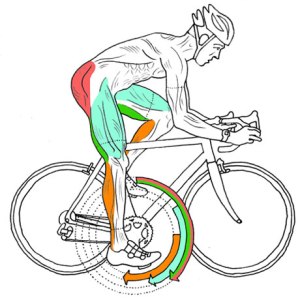

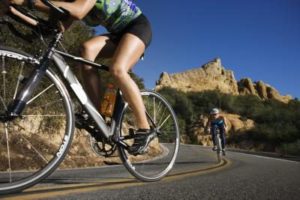 Hamstring Strain
Hamstring Strain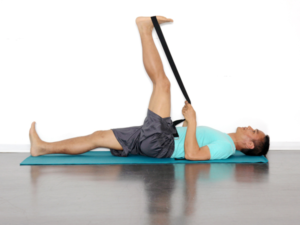
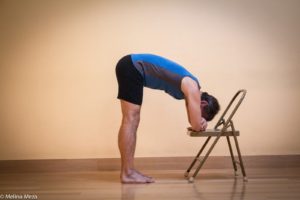
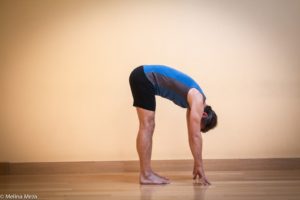
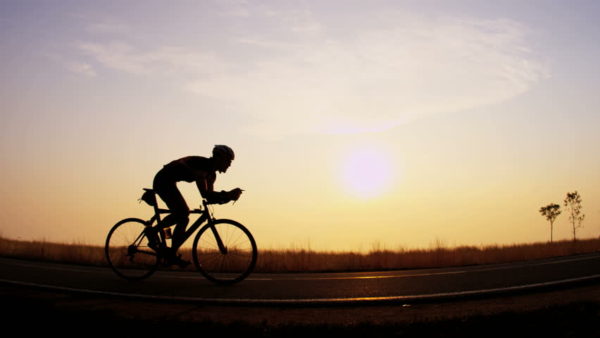
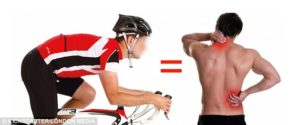
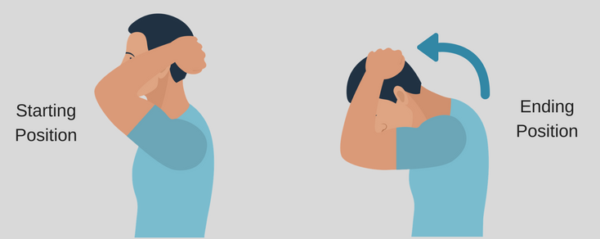
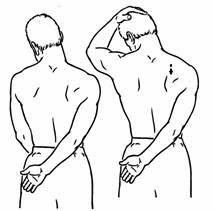
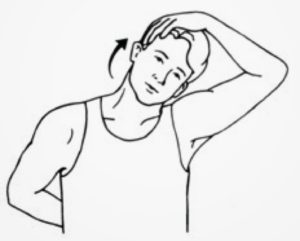
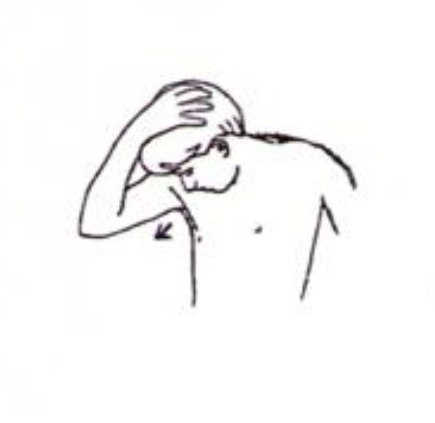
 Another season begins, the snow melts, and the flowers bloom. The giddiness and excitement of your new bike overwhelms you and you’re putting a ton of kilometers in the bank. Your quadriceps are sore, your hamstrings are tight, your hips begin to seize. This is all part of getting faster, right? Wrong. Speed and strength does not have to come at the expense of mobility.
Another season begins, the snow melts, and the flowers bloom. The giddiness and excitement of your new bike overwhelms you and you’re putting a ton of kilometers in the bank. Your quadriceps are sore, your hamstrings are tight, your hips begin to seize. This is all part of getting faster, right? Wrong. Speed and strength does not have to come at the expense of mobility.